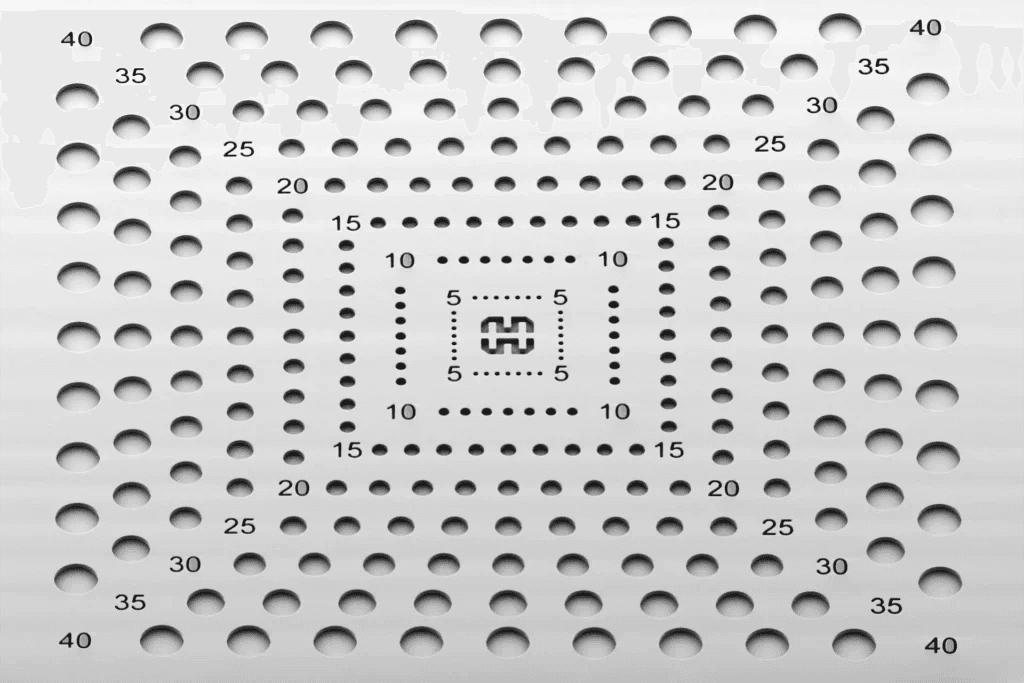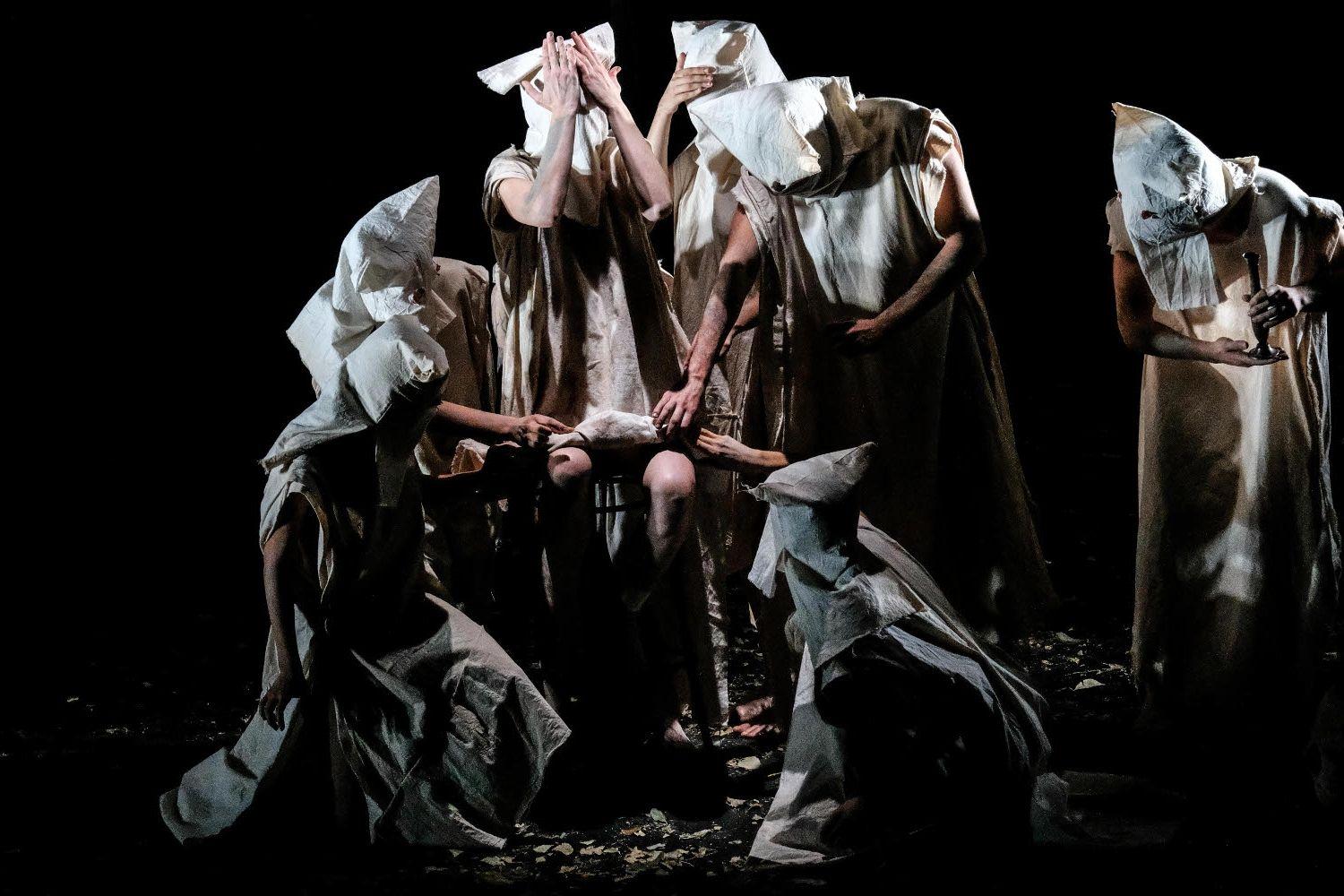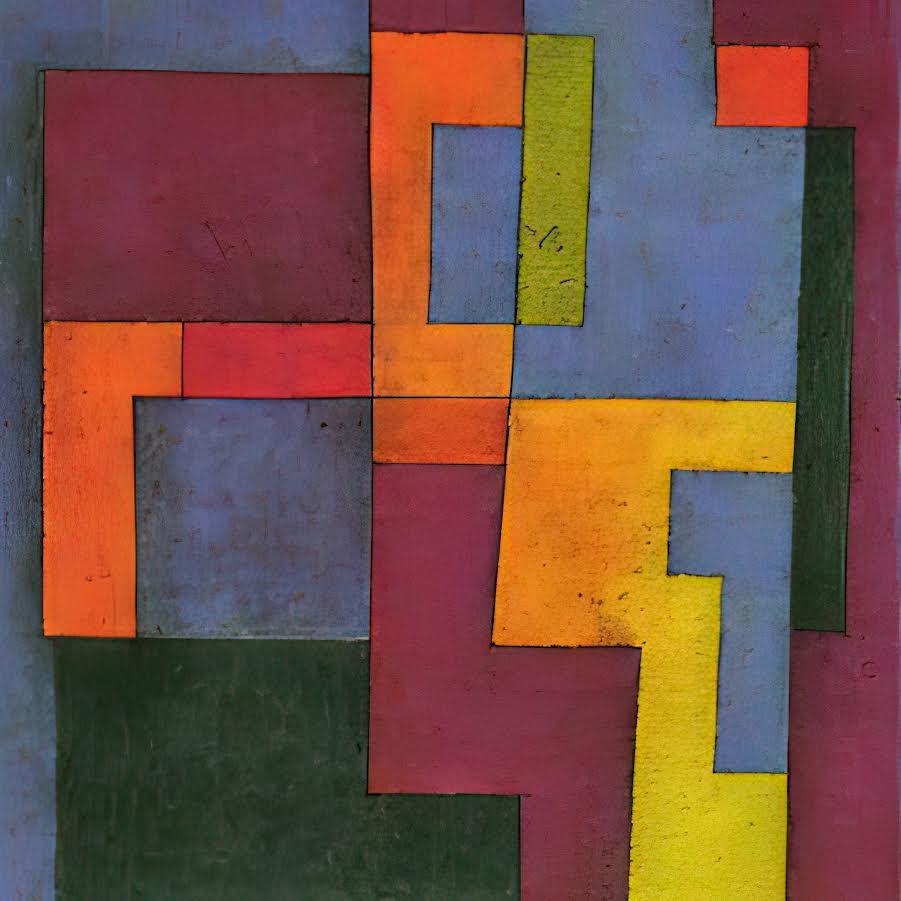Sigil :: bringing the inner world out
Fellow
completedFellowship

SummaryThe natural empathic-embodied relation between dancer - audience is partially lost when using VR headsets. This research aims to help the audience to find new aesthetics, new engagement, new meanings and purpose when dance is mediated with digital environments. Through two live performances, I created a visceral sense of unfolding or revelation, but also a feeling of immediacy and loss.
Introduction
- How can we (as a field) make a dance in a virtual environment so that the audience “feels” the presence of the digital body?
- What is needed for the audience to find new aesthetics when dance is mediated with digital environments like VR headsets?
Sigil :: bringing the inner world out is a project by Jorge Guevara, in collaboration with Naoto Hieda, which explores the performative possibilities of VR/XR technologies through dance. It questions the concept of a 'stage' when dance occurs simultaneously upon hybrid stages (for instance, in both virtual and physical realities) and asks: how can this kind of content be shared with an audience?
Why VR? Virtual reality creates an experience where introspection can be achieved. This opens up possibilities for somatic and other movement practices. Working with the body and technology presents the opportunity to explore rigid computer systems through an ontological approach (praxis/doing), and to explore the medium's own possibilities. Often, dancers who work with technology forget their own embodied language (the 'why/how') and get confused and carried away by the pragmatic reality of technology, focusing instead on the content (the 'what'). They forget their own embodied power. The result is a superfluous object.
How? To tackle this I propose a praxis which privileges the process over the result. I work with avatars and sigils as a ritual practice with a non-anthropocentric approach, and the key aspect is to shift the focus in choreographic strategies. Instead of asking "what to do with technology?" I ask: "How and why do we use technology?"
Background
This project continues my research into dance in VR that started in 2022 at Motion Bank - University of Applied sciences Mainz (Project originally founded by choreographer William Forsythe).
Link to documentation
Using a markerless motion capture system I created, I explored and documented simple visual representations of the body (avatars) in VR. The goal was to move my body in new ways. I achieved this using a non-anthropocentric approach. In the documentation it was important to use an inclusive, clear language that addressed both dancers and technologists. In the 1st cycle at Motion Bank, the focus was on the dancer.
In the 2nd cycle at the Academy I want to add a layer where I introduce the stage, thus exploring the relation between audience and dancer.
Lecture Performance
The new performance rather offers different entry points to the audience so that every audience member can have a different interpretation. Nevertheless, the core of the performance remains the same; we investigate a theatrical narrative while having virtual reality as an actor at the center of the stage. In the first performance, we used a linear narrative around VR to convey how we conduct a research. In the second performance, we used a less rigid structure, namely structured improvisation, to show how we develop a performance. It can be seen as a making-of where Jorge runs around the stage and prepares each technical element for a “real” performance although there is no such a “real” performance that comes out of the making-of.
Though our intention is to show behind-the-scenes of developing a VR-performance, we do not want to limit the scope to “struggle of working with technology in theater” because this theme may be too specific in the industry. We try to add embodied elements and add breaks in between to show humanness of a theater maker. The audience can relate this process to everyday technology such as smartphones, smart devices and potentially VR headsets, which are becoming a commodity.
For the overall structure, we divided the performance into small skits so that each skit features one element (e.g, video of eyes, VR meditation app). As a structure, we might think it follows an idea of Fluxus or it is minimalist; nonetheless, in the actual performance, we see that each element is not separable from each other and we can notice the interconnection between the selected element and other actors on the stage that are not mentioned (Jorge’s body, desk, floor, …). This is because working with technology is inherently a complex process.
Final Presentation
Between Information and Noise :: a Practice on dance and VR
Link to video documentation
Unfolding Process
- (Sep) Proposal Adjustment: To explore different perceptions of realities when dance happens within Hybrid stages - (VR and on-site)
- (Sep - Oct) Learning technologies
- Missing conceptual context to apply technical tools.
- (Oct - Nov) Proposal Adjustment: The natural empathic and embodied relation between dancer audience is partially lost when using VR headsets. This research aims to help the audience to find new aesthetics (mediated experience of time created between the artwork, the artist, the interface and the audience), to find engagement, new meanings and purpose when dance is mediated with digital environments like VR headsets In hope to create a visceral sense of unfolding or revelation, but also a feeling of immediacy and loss.
- Exercises on subjective perception of time and space. The aim with this series of videos is in questioning, What is happening in real time.
- Drinking water action. An action of a person drinking water (action 1) is recorded with 2 different camera perspectives. A setup in OBS is set to switch between 3 different perspectives of the camera; the 2 recordings and a 3rd live feed. A person comes into the space. There is a projection that switches between the 3 perspectives while a person is in the space doing the action of drinking water. This action is recorded.
- Drinking water action. An action of a person drinking water (action 1) is recorded with 2 different camera perspectives. A setup in OBS is set to switch between 3 different perspectives of the camera; the 2 recordings and a 3rd live feed. A person comes into the space. There is a projection that switches between the 3 perspectives while a person is in the space doing the action of drinking water. This action is recorded.





